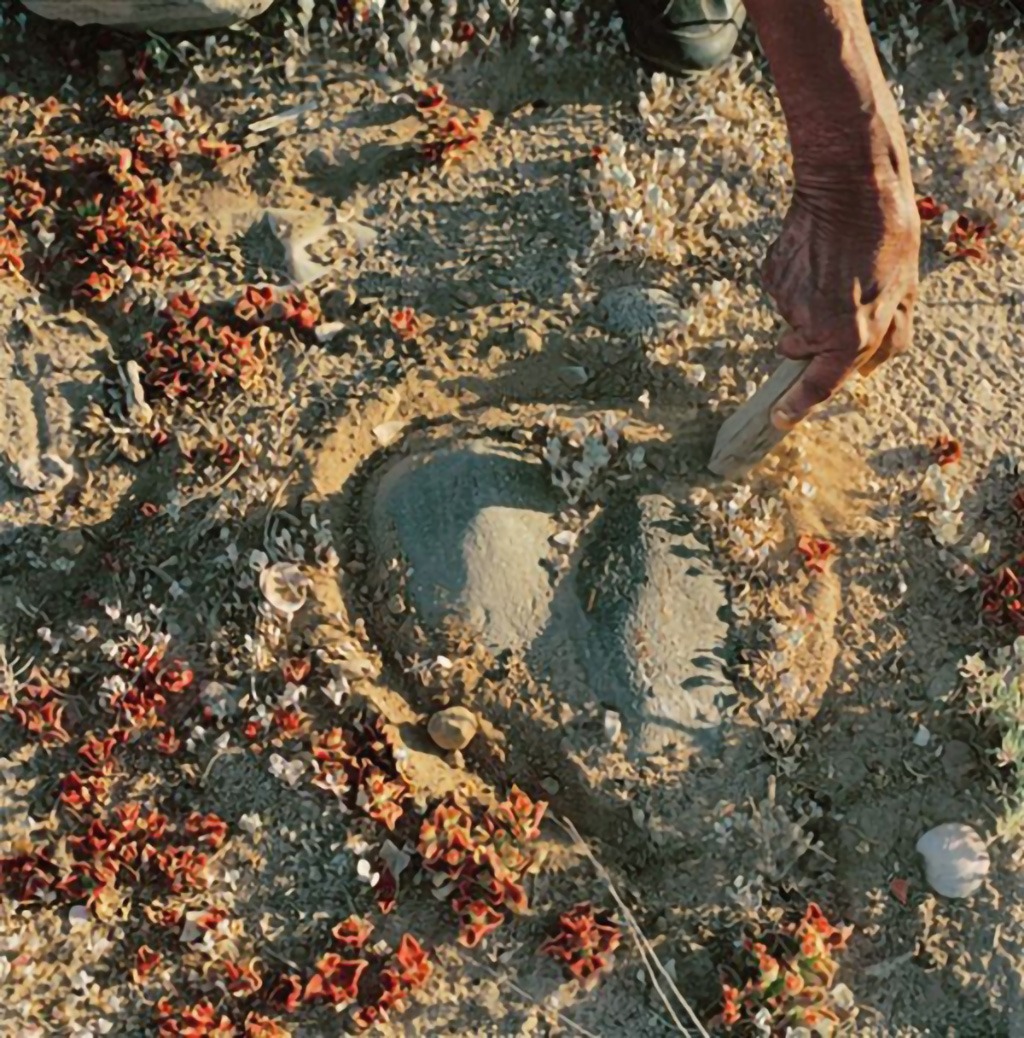
Navajo Indians Southwest: Bury A Child’s Placenta, Tribe’s Reservation
Honoring Life: Navajo Placenta Burial and Cultural Significance Across Communities
Discover the sacred Navajo tradition of honoring the placenta as a symbol of connection to ancestral land and community, rooted in the Four Corners region. Learn more at www.TidesofLife.com.

Honoring Life: Navajo Placenta Burial and Cultural Significance Across Communities
The placenta, a vital byproduct of childbirth, has long been revered by various cultures around the world. Among the Navajo Indians of the Southwest, it holds profound spiritual and cultural significance. For the Navajo, burying a child’s placenta within the sacred Four Corners of their tribal reservation is more than a ritual — it is a powerful act that symbolizes the bond between the child, their ancestors, and the land.
This tradition underscores the Navajo belief in the interconnectedness of life, land, and community. The Four Corners, where Utah, Colorado, Arizona, and New Mexico meet, is considered sacred ground. By placing the placenta in this revered space, Navajo families establish a lifelong connection between their children and their ancestral roots, ensuring their spiritual bond to the land and its people.
Cultural Practices Honoring the Placenta
The reverence for the placenta isn’t unique to the Navajo. Many cultures worldwide treat the placenta as a sacred vessel that sustains life during pregnancy. In Maori culture, for example, the placenta is buried in the land to symbolize the connection to Papatūānuku, or Mother Earth. Similarly, in Hmong traditions, the placenta, often referred to as the “jacket,” is believed to guide the soul back to its origins upon death.
These customs highlight a shared understanding among diverse communities: the placenta is not merely biological tissue but a sacred part of the human journey.
Modern Perspectives and Continued Traditions
In an age of medical advances and globalized cultures, traditional practices like the Navajo placenta burial endure as a testament to the resilience of cultural identity. These rituals serve as a bridge between past and present, reminding people of their roots and their place within the larger tapestry of existence.
Why These Practices Matter
The act of burying a placenta, especially in sacred or meaningful locations, is deeply symbolic. It reaffirms the importance of land as not just a physical space but a spiritual home. For the Navajo, this practice ensures that future generations remain connected to their heritage, values, and traditions, strengthening their community’s identity and resilience.
As cultures worldwide continue to honor childbirth through rituals, they offer a profound reminder of humanity’s shared reverence for life and the connections that define us.
By exploring these time-honored traditions, we deepen our understanding of how cultures around the globe celebrate the miracle of life and the unbreakable bonds of ancestry.
Related Topics:
- Navajo spiritual practices
- Global placenta rituals
- Indigenous land and cultural identity
Visit Tides of Life for more insights on cultural traditions that honor life and spirituality.
References and Further Reading
- Many Cultures Revere Placenta, Byproduct of Childbirth | Www.Tidesoflife.Com | Among the Navajo Indians of the Southwest, it is customary to bury a child’s placenta within the sacred Four Corners of the tribe’s reservation as a binder to ancestral land and people.





Sounds kind of like the Hmong people. If I’m correct, I believe that Hmong people (back in Laos or ancient times) bury the placenta in the middle of their homes.
Yes.
The newborn’s placenta or “black jacket” has been, by custom, buried in a very specific location within the Hmong household.